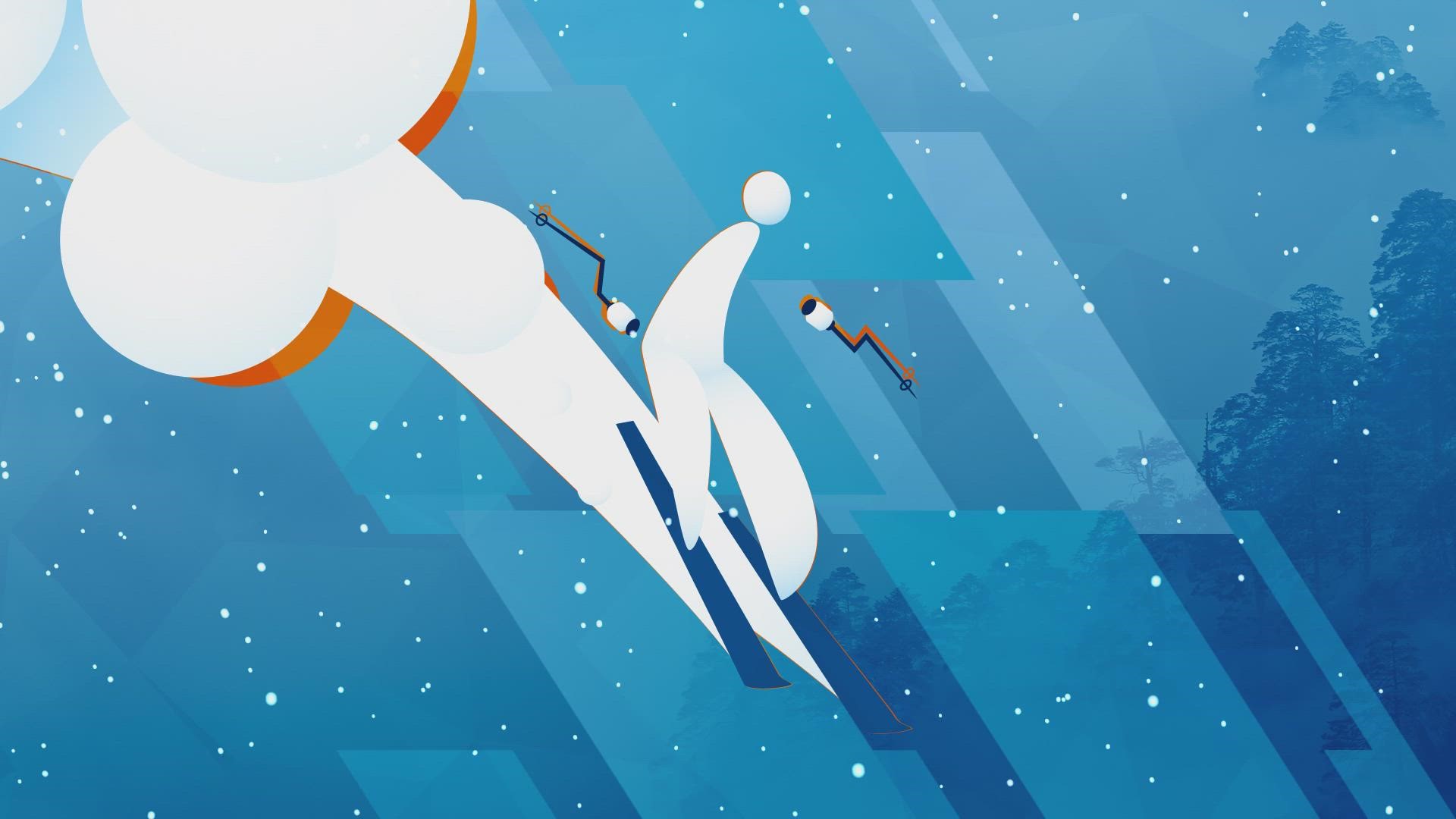BEIJING, China — While watching the alpine ski races, Olympics viewers can hear distinctive beeps while the athletes are at the starting gate.
It sounds like a countdown, but most skiers start their race before the beeps finish.
So what do the beeps mean?
According to the International Ski Federation (FIS) rules for ski competition, the beeps are a countdown to the start signal, but as long as the athlete starts within five seconds before or after that time, the start is considered valid.
When the skier leaves the start gate, their legs hit an electronic timer that starts counting their time. An electronic trigger also measures when they cross the finish line.
That means while the start clock is counting down to their fixed interval time, it isn't affecting their race time.
If a skier doesn't leave the gate within five seconds before or after the start signal, FIS rules say that they would be disqualified for a false start.
RELATED: What are the alpine skiing rules?
Alpine skiing at the Olympics has multiple disciplines. Here is a look at the differences between each form.
Slalom
The slalom is the shortest course in alpine skiing. It also has the most turns. Skiers have to navigate from one gate to the next. Cutting a turn too close or missing a gate altogether will incur a time penalty which could be the difference between a gold medal and no medal at all. Each skier makes two runs down the slalom course.
Giant Slalom
It's basically what it sounds like. It's a longer slalom course and the gates are spaced further apart. This is also a two-run event.
Downhill
It's all about speed here. Lines are painted on the outside of the course to show the boundaries. There are no gates to navigate between, so it all matters as to who gets down in the shortest time possible.
Super-G
Super-G means super giant slalom. It combines the speed of downhill with the technical turning of the giant slalom. The course winds more than the downhill course, but the gates are spaced out more so the skiers can pick up speed.
Alpine Combined
The alpine combined consists of one downhill run and one slalom run, both completed on the same day.
Mixed Team
The mixed team competition made its debut in 2018. Skiers go down, side-by-side, on identical slalom courses -- men vs. men and women vs. women. After each round, teams are knocked out until the medals are decided.
SUGGESTED VIDEOS: Beijing Olympic Games

